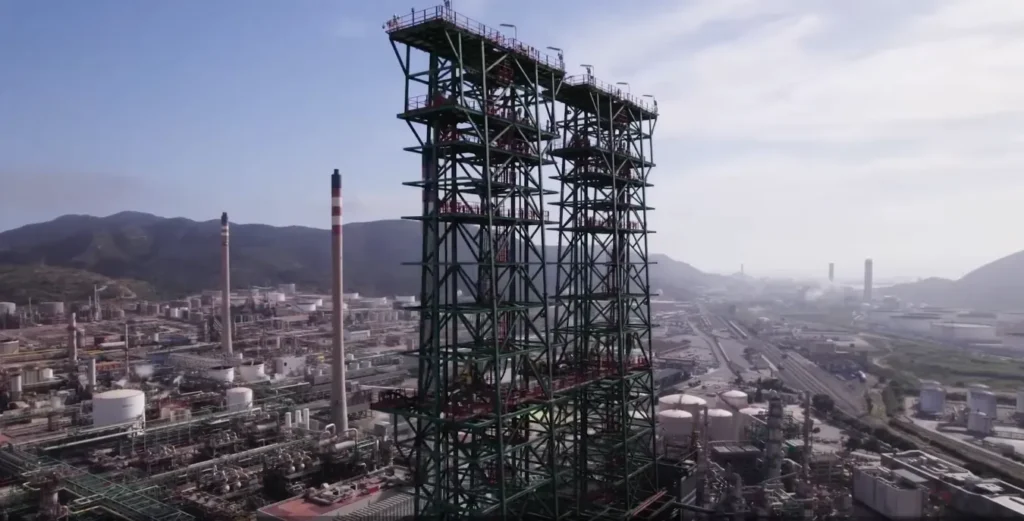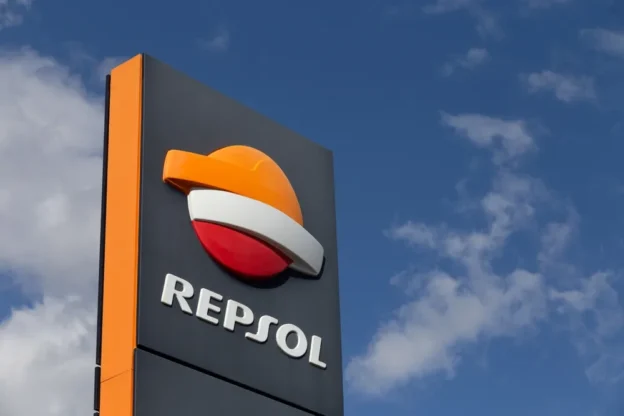The energy company Repsol has announced that, in collaboration with Enagás Renovable, it will build its first large-scale renewable hydrogen plant in Cartagena, as part of its industrial decarbonization strategy. The plant will have an installed capacity of 100 megawatts and the capacity to generate up to 15,000 tons of renewable hydrogen each year.
What is it and how does it work?
Specifically, the plant will be built in the Escombreras Valley and will focus on the installation of a 100 MW electrolyzer. The production of renewable hydrogen is carried out through the electrolysis of water. electrolysis of water using 100% renewable electricity, to separate water molecules (H₂O) into hydrogen (H₂) and oxygen (O₂).
Direct impact and relevant figures
The total investment of Repsol’s hydrogen plant amounts to more than 300 million euros, in addition to 155 million euros of public financing from the Institute for Energy Diversification and Saving (IDAE), as it has been declared a Project of Common European Interest (IPCEI) by the European Commission and the Government of Spain. The plant is expected to generate close to 900 jobs, whether direct, indirect or induced, during construction and start-up.
On the other hand, the Cartagena plant will reduce up to 167,000 tons of CO2 per year, which is comparable to the impact of two-thirds of all pure electric cars in Spain in 2024. This underlines the enormous potential of renewable hydrogen to decarbonize heavy industry, something that electric cars alone cannot do.

Strategic collaboration with Enagás Renovable
Repsol holds a 75% stake and is the owner:
- Leads the development and construction of the project.
- It will use the hydrogen produced as feedstock for its industrial processes and product manufacturing.
Enagás Renovable, with a 25% stake, is the largest shareholder:
- It brings its expertise in renewable gases and decarbonization projects.
- It facilitates the possibility of injecting renewable hydrogen into the natural gas grid and the future Spanish Hydrogen Backbone Network.
Cartagena as a hydrogen industrial node
Repsol’s hydrogen plant will be operational by 2029 and is key to Repsol’s roadmap to become a net-zero emissions company by 2050. It is envisaged that, in the future, surplus hydrogen could be distributed through the gas grid, blended with natural gas, or through a dedicated hydrogen network, helping to decarbonize other sectors.
The project is not isolated, it is aligned with other initiatives, such as the CHYNE project. CHYNE project Ebro Hydrogen Corridor project, to create an economic ecosystem around renewable hydrogen, attracting investment and generating synergies with other companies.
Source: Repsol.

